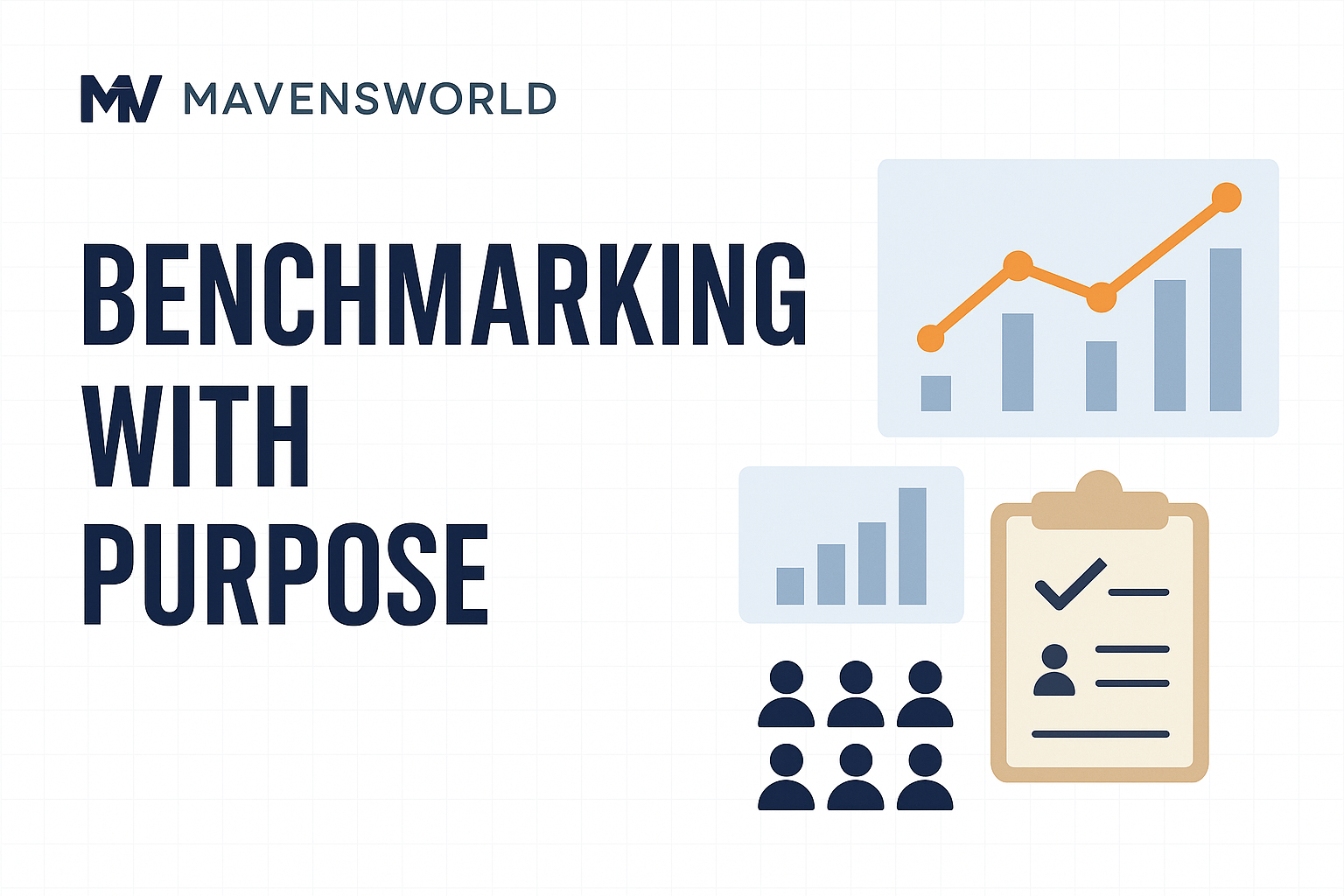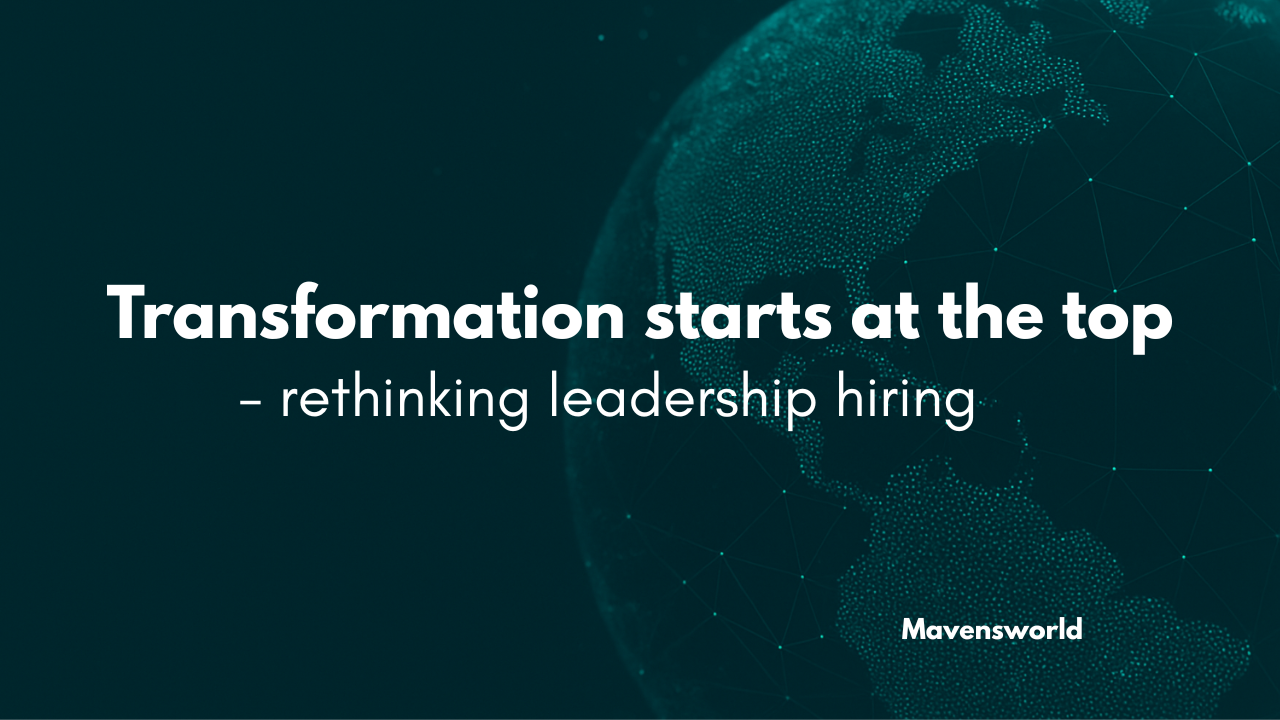
Unlocking Potential: The Strategic Imperative of Capability Building for Future Growth
Understanding Capability Building:
Capability building goes beyond traditional skill development; it involves cultivating a comprehensive set of competencies within an organization. These competencies encompass not only technical skills but also soft skills, adaptability, innovation, and a shared organizational culture. It's about nurturing an environment where employees can continuously learn, grow, and contribute to the organization's objectives.
Leveraging Capability Building as a Talent Acquisition Strategy:
Strategic Alignment:
Aligning capability building with organizational strategy is crucial. Identify the skills and competencies that directly contribute to achieving business objectives. This ensures that talent acquisition efforts are purposeful and directly contribute to organizational success.
Holistic Approach:
Capability building is not a one-size-fits-all solution. Organizations need to take a holistic approach, considering the diverse needs of different teams and departments. This may involve personalized training programs, mentorship initiatives, and cross-functional collaborations.
Technology Integration:
Embrace technological advancements to enhance capability building. Incorporate e-learning platforms, virtual reality simulations, and other innovative tools to make training more interactive and engaging. This not only attracts tech-savvy talent but also keeps the workforce up-to-date with industry trends.
Continuous Learning Culture:
Foster a culture of continuous learning where employees are encouraged to seek knowledge and develop new skills. This can be achieved through regular training sessions, workshops, and providing access to resources that enable self-directed learning.
Planning for Future Growth:
Anticipate Skill Needs:
Stay ahead of industry trends and anticipate the skills that will be critical for future success. This foresight allows organizations to proactively build capabilities rather than reactively addressing skill gaps.
Succession Planning:
Incorporate capability building into succession planning. Identify high-potential employees and provide them with the necessary training and experiences to prepare them for leadership roles. This ensures a pipeline of skilled leaders ready to drive future growth.
Adaptability and Resilience:
Equip employees with skills that foster adaptability and resilience. The ability to navigate change and uncertainty is a crucial component of future success. Training programs should focus on developing a mindset that embraces challenges as opportunities for growth.
Metrics and Evaluation:
Establish metrics to measure the effectiveness of capability-building initiatives. Regularly evaluate the impact on employee performance, innovation, and overall organizational success. This data-driven approach helps refine strategies for continuous improvement.
In conclusion, capability building is not just a means of acquiring talent; it is a strategic imperative for organizations aspiring to thrive in the future. By aligning training programs with strategic goals, adopting a holistic approach, and fostering a culture of continuous learning, organizations can ensure they have the skilled and adaptable workforce needed for sustained growth in an ever-evolving business landscape.



